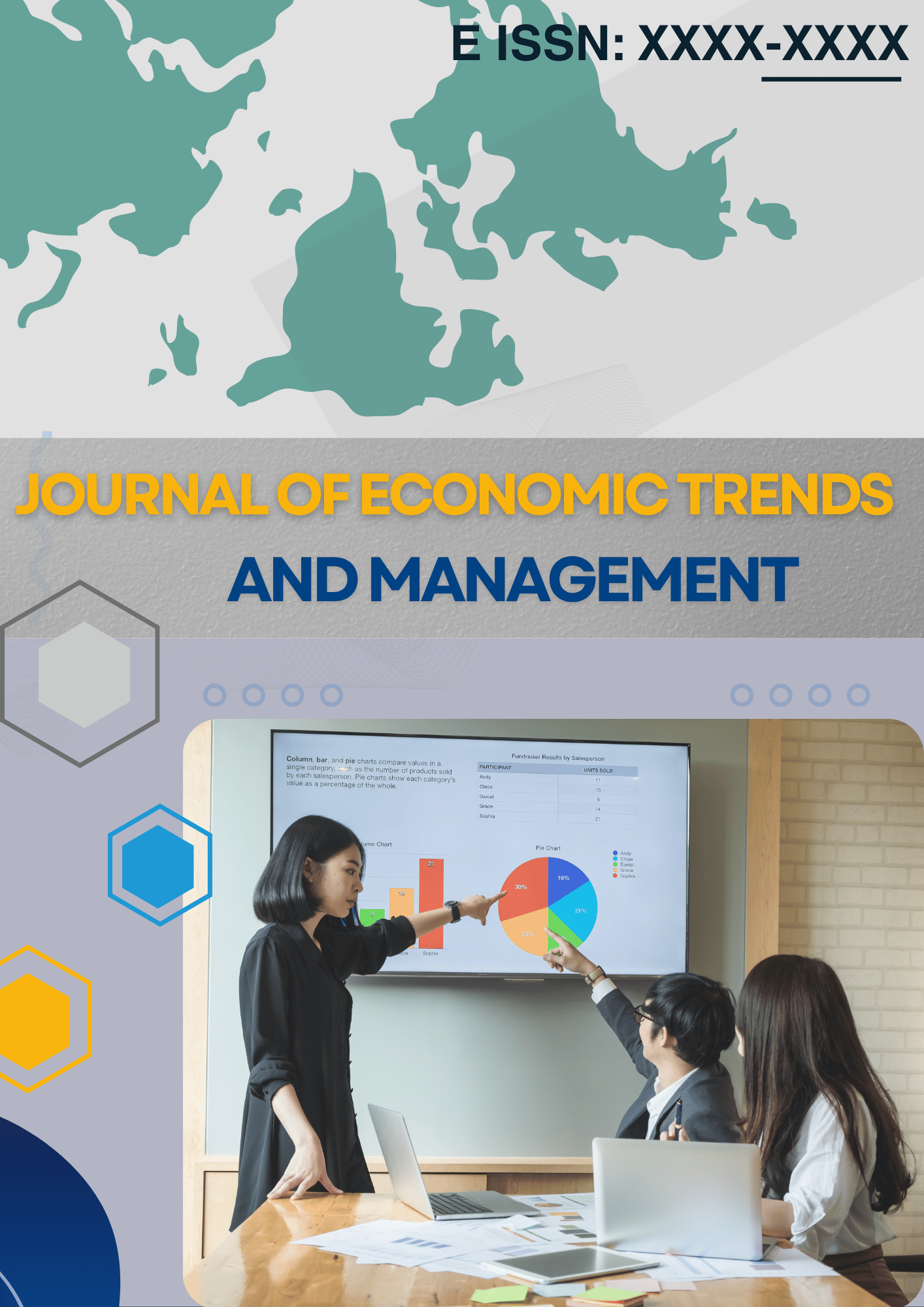Analysis of Inter-Regional Economic Development Inequality in Indonesia: Williamson Index Approach and Determinant Factors
Keywords:
Regional Inequality , Economic Development , Williamson IndexAbstract
Purpose: This study aims to analyze the extent of inter-regional economic development inequality in Indonesia and identify its determinant factors using a quantitative approach. The study focuses on understanding spatial disparities in regional development outcomes across provinces and regions, examining whether fiscal, infrastructural, demographic, and economic variables contribute to the widening or narrowing of inequality levels.
Subjects and Methods: This study employed a descriptive-inferential quantitative method using secondary data from national statistical databases, covering all 34 provinces in Indonesia over a five-year period. The Williamson Index was used to measure the magnitude of regional inequality, while multiple linear regression was applied to identify the significance of factors such as investment allocation, labor productivity, infrastructure development, and human capital indicators on the inequality index.
Results: The analysis revealed a persistent pattern of inequality, with the highest disparities recorded between the western and eastern regions. Regression analysis confirmed that infrastructure access, educational attainment, and industrial diversification had statistically significant effects in reducing inter-regional inequality, while centralized investment distribution and limited fiscal autonomy were linked to the persistence of regional gaps.
Conclusions: The findings highlight that economic development in Indonesia remains unevenly distributed due to structural and policy-related constraints. A reformulation of regional development strategies that emphasizes equitable investment, capacity building, and infrastructure expansion is necessary to address spatial inequality and promote balanced national growth.
References
Arafiq, F., Sukmariningsih, R. M., & Tumangkar, T. (2024). Legal Harmonization in Regional Development Planning: A Pathway to Good Governance. Library of Progress-Library Science, Information Technology & Computer, 44(3).
Beramendi, P., & Rogers, M. (2022). Geography, capacity, and inequality: Spatial inequality. Cambridge University Press.
Braccioli, F., Muñoz-Sobrado, E., Piolatto, A., & Zerbini, A. (2024). The Taxing Challenges of the State: Unveiling the Role of Fiscal and Administrative Capacity in Development. CESifo Economic Studies, 70(4), 490-523.
Cerra, V., Lama, R., & Loayza, N. V. (2021). Links between growth, inequality, and poverty. International Monetary Fund, 68, 1-54.
Hirakawa, H., & Maquito, F. C. (2024). Decentralization in the Philippines: From Inclusive to Shared Growth. In The Dynamics of Asian Economic Development: Understanding Asia and Its Ways Forward (pp. 411-443). Singapore: Springer Nature Singapore.
Levy, B., Hirsch, A., Naidoo, V., & Nxele, M. (2021). South Africa: When strong institutions and massive inequalities collide (Vol. 18). Washington, DC: Carnegie endowment for international peace.
Li, Y., Chen, S., & Peng, Y. (2023). In the shadow of administrative decentralization: the impact of devolution on subnational service provision. The American Review of Public Administration, 53(7-8), 280-295.
Liang, T. (2024). Innovating Regional Policy Frameworks in China: The Strategic Zone+ Type Zone Model for Sustainable Growth. Journal of the Knowledge Economy, 1-42.
Lu, D. (2024). Regional development and its spatial structure (Vol. 350). Springer.
Mamade, G. F. (2022). Do Cluster Based Industrial Park Catalyse Developmental Spillovers? Evidences From Ethiopia's Experience.
Masyk, M., Buryk, Z., Radchenko, O., Saienko, V., & Dziurakh, Y. (2023). Criteria for governance’institutional effectiveness and quality in the context of sustainable development tasks. International Journal for Quality Research, 17(2). http://dx.doi.org/10.24874/IJQR17.02-13
Rosidin, I. S. (2021). Inequality, Regional Economic Development and Access to Public Services in Decentralizing Indonesia.
Santoso, D. B. (2021). The impact of industrial development zones designation on the convergence of economic growth in East Java. Applied Economics, 53(49), 5731-5737.
Schindler, S., & Kanai, J. M. (2021). Getting the territory right: Infrastructure-led development and the re-emergence of spatial planning strategies. Regional Studies, 55(1), 40-51.
Telaumbanua, E., Harsono, I., & Soegiarto, I. (2024). Urbanisation in Indonesia: The relationship between income inequality, urban infrastructure, access to education, and population growth with social cohesion, environmental resilience, and housing quality to look at urbanisation in Indonesia. International Journal of Business, Law, and Education, 5(1), 603-614. http://dx.doi.org/10.56442/ijble.v5i1.443
Zhang, M., Wu, Q., Li, W., Sun, D., & Huang, F. (2021). Intensifier of urban economic resilience: Specialized or diversified agglomeration?. PLoS One, 16(11), e0260214.
Downloads
Published
Issue
Section
License
Copyright (c) 2025 Journal of Economic Trends and Management

This work is licensed under a Creative Commons Attribution-ShareAlike 4.0 International License.






